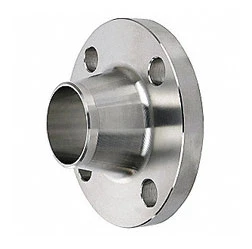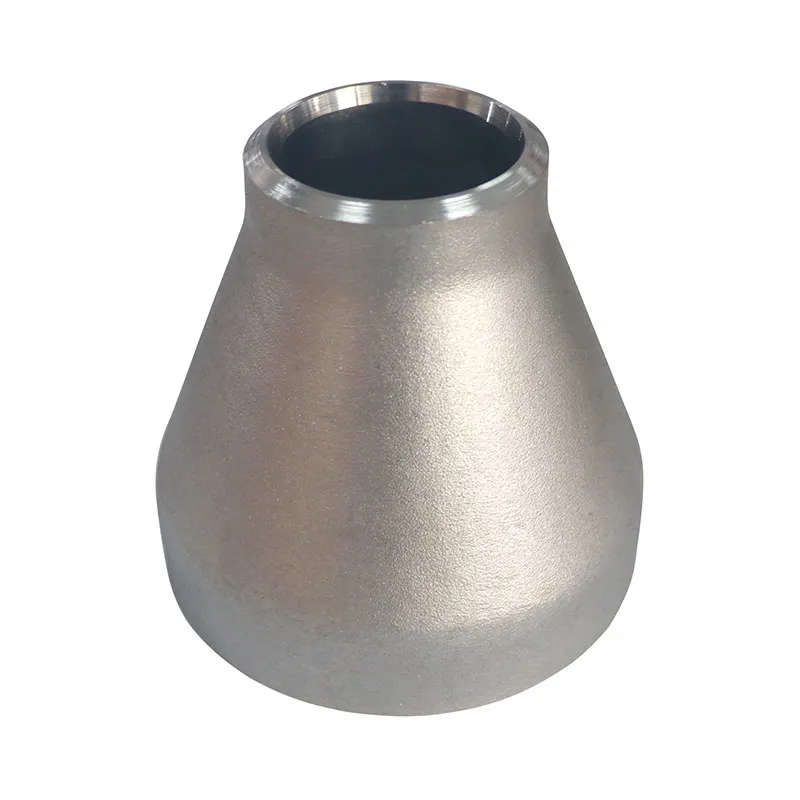-
Cangzhou Yulong Steel Co., Ltd.
-
Phone:
+86 13303177267 -
Email:
admin@ylsteelfittings.com

márc . 05, 2025 05:53 Back to list
ANSI B16.5 Carbon Steel BL Flange
Blind flanges play a crucial role in a variety of industrial applications, serving as a vital component in piping systems, pressure vessels, and more. Their primary function is to seal off or block the end of a pipe or vessel, ensuring the containment of gases or liquids and maintaining system integrity. Understanding the different types of blind flanges can greatly impact the efficiency and safety of industrial processes. This article delves into the various blind flange types, their applications, and why selecting the correct one is essential for operational success.
For environments that demand both a quick installation and removal process, flat face (FF) blind flanges are optimal. Their simple structure allows for ease of handling and installation, often in lower pressure applications where mechanical robustness is not as critical. These flanges are typically found in water treatment plants and HVAC systems, where ease of maintenance and cost-effectiveness are priorities. In the realm of high-efficiency and precision-demanding scenarios, the customization of blind flanges plays a significant role. Custom designs can accommodate unique requirements, such as non-standard dimensions, bespoke pressure ratings, or specialized coatings. This capability allows industries to tailor their flanges to specific operational conditions, enhancing performance and prolonging the lifespan of the flange. It is important to consider that the success of a blind flange not only lies in the choice of type and material but also in its adherence to maintenance and inspection protocols. Regular checks for wear and corrosion, proper installation practices, and compatibility verification with the existing system are essential to ensure long-term efficacy and safety. Neglecting these aspects can lead to failures, operational downtimes, and costly repairs. Blind flanges, in essence, are more than just end caps for pipelines; they are integral to the safety and flow efficiency of an entire system. By choosing the appropriate type, ensuring high-quality materials, and adhering to stringent maintenance practices, industries can achieve better safety standards and operational reliability. As industrial needs evolve, so too will the technology and designs of blind flanges, continuing to safeguard and optimize industrial processes across the globe.


For environments that demand both a quick installation and removal process, flat face (FF) blind flanges are optimal. Their simple structure allows for ease of handling and installation, often in lower pressure applications where mechanical robustness is not as critical. These flanges are typically found in water treatment plants and HVAC systems, where ease of maintenance and cost-effectiveness are priorities. In the realm of high-efficiency and precision-demanding scenarios, the customization of blind flanges plays a significant role. Custom designs can accommodate unique requirements, such as non-standard dimensions, bespoke pressure ratings, or specialized coatings. This capability allows industries to tailor their flanges to specific operational conditions, enhancing performance and prolonging the lifespan of the flange. It is important to consider that the success of a blind flange not only lies in the choice of type and material but also in its adherence to maintenance and inspection protocols. Regular checks for wear and corrosion, proper installation practices, and compatibility verification with the existing system are essential to ensure long-term efficacy and safety. Neglecting these aspects can lead to failures, operational downtimes, and costly repairs. Blind flanges, in essence, are more than just end caps for pipelines; they are integral to the safety and flow efficiency of an entire system. By choosing the appropriate type, ensuring high-quality materials, and adhering to stringent maintenance practices, industries can achieve better safety standards and operational reliability. As industrial needs evolve, so too will the technology and designs of blind flanges, continuing to safeguard and optimize industrial processes across the globe.
Next:
Latest news
-
ANSI 150P SS304 SO FLANGE
NewsFeb.14,2025
-
ASTM A333GR6 STEEL PIPE
NewsJan.20,2025
-
ANSI B16.5 WELDING NECK FLANGE
NewsJan.15,2026
-
ANSI B16.5 SLIP-ON FLANGE
NewsApr.19,2024
-
DIN86044 PLATE FLANGE
NewsApr.19,2024
-
DIN2527 BLIND FLANGE
NewsApr.12,2024
-
JIS B2311 Butt-Welding Fittings LR/SR 45°/90° /180°Seamless/Weld
NewsApr.23,2024
-
DIN2605-2617 Butt-Welding Fittings LR/SR 45°/90°/180° Seamless/Weld
NewsApr.23,2024











